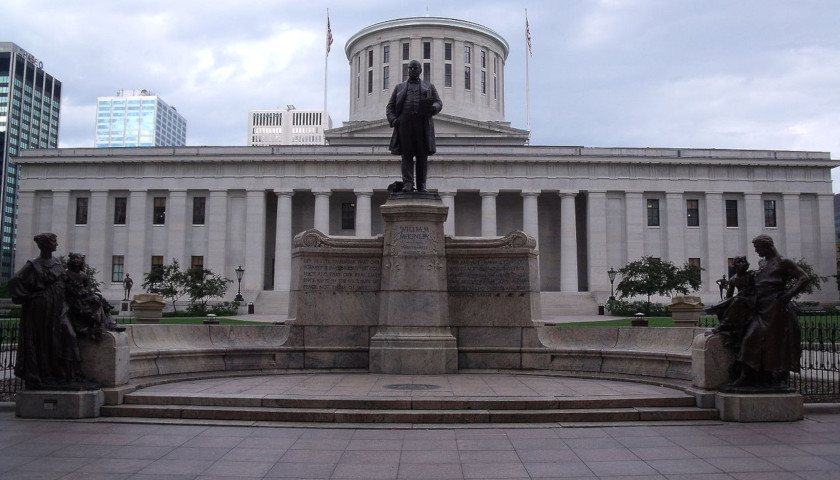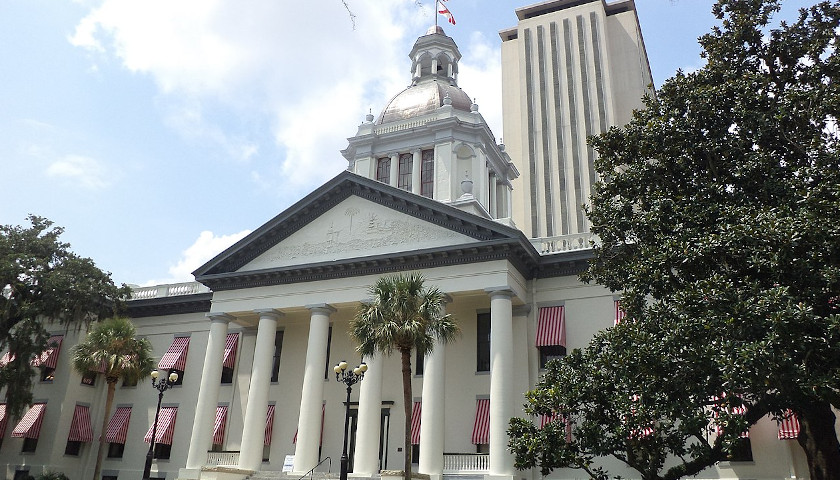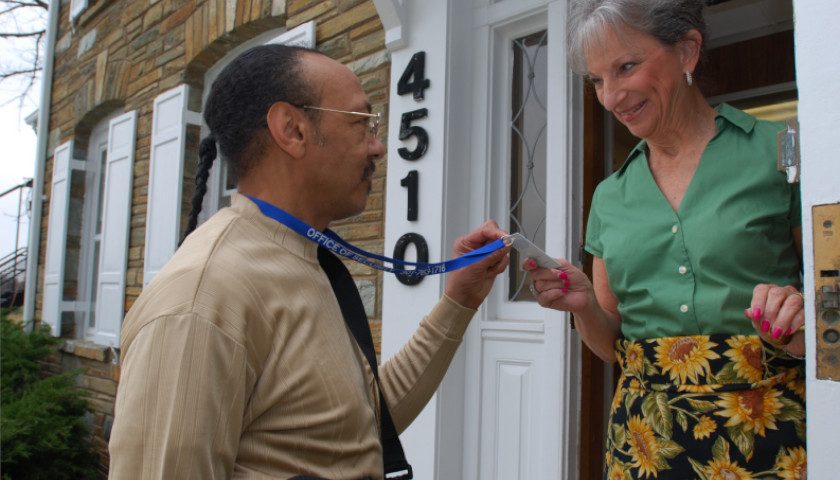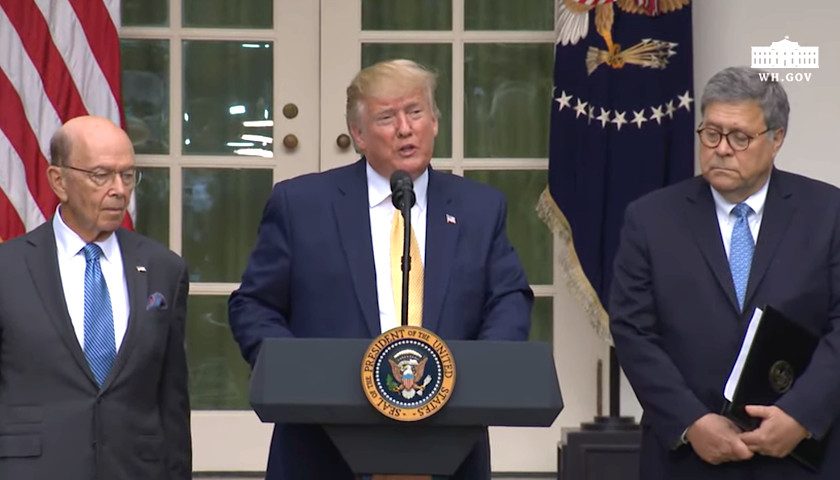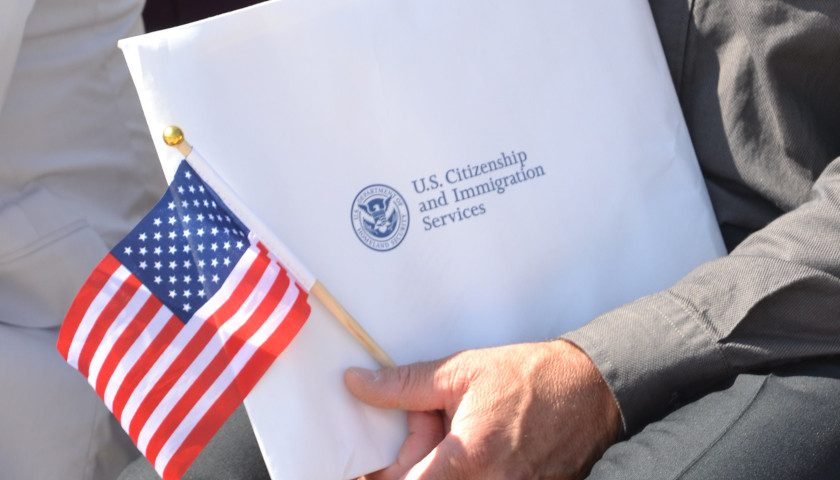by Tyler Arnold
The state of Ohio likely will be losing one U.S. House seat based on the population numbers released in recent U.S. Census Bureau estimates.
Ohio has lost House seats every decade for the last 60 years, dropping from 24 seats in 1962 down to only 15 if they do lose another seat after the biennial census is completed this year. Ohio has slower than average population growth compared to the rest of the country, which is primarily caused by more people leaving the state than moving into the state.
“Over half of the people who leave Ohio [do] so because of a new job,” Andrew Kidd, an economist at The Buckeye Institute, told The Center Square in an email. The institute is an Ohio-based, free-market think tank.
“Better opportunities draw workers away from Ohio, stunting population and job growth,” Kidd said. “But not all states are experiencing slower growth. Looking at those states that have faster population growth and job creation, they have pro-growth policies that attract businesses and workers to their states. Low taxes, few burdensome regulations, and more good-paying jobs describe the states that see their populations growing.”
For Ohio to increase population growth, Kidd said reducing the commercial activity tax, reducing occupational licensing burdens and controlling spending to prioritize tax dollars would help. Otherwise, he said, Ohio will remain behind the rest of the country in growth.
Three of Ohio’s neighbors likely also will be losing one House seat: Michigan, Pennsylvania and West Virginia. Kentucky and Indiana likely will be unchanged.
Rhode Island, Illinois, Minnesota and California also will likely lose seats. New York could lose up to two. North Carolina, Colorado, Arizona, Montana and Oregon are projected to gain seats. Florida could gain two and Texas could gain up to three.
– – –
Tyler Arnold reports on Virginia and Ohio for The Center Square. He previously worked for the Cause of Action Institute and has been published in Business Insider, USA TODAY College, National Review Online and the Washington Free Beacon.

